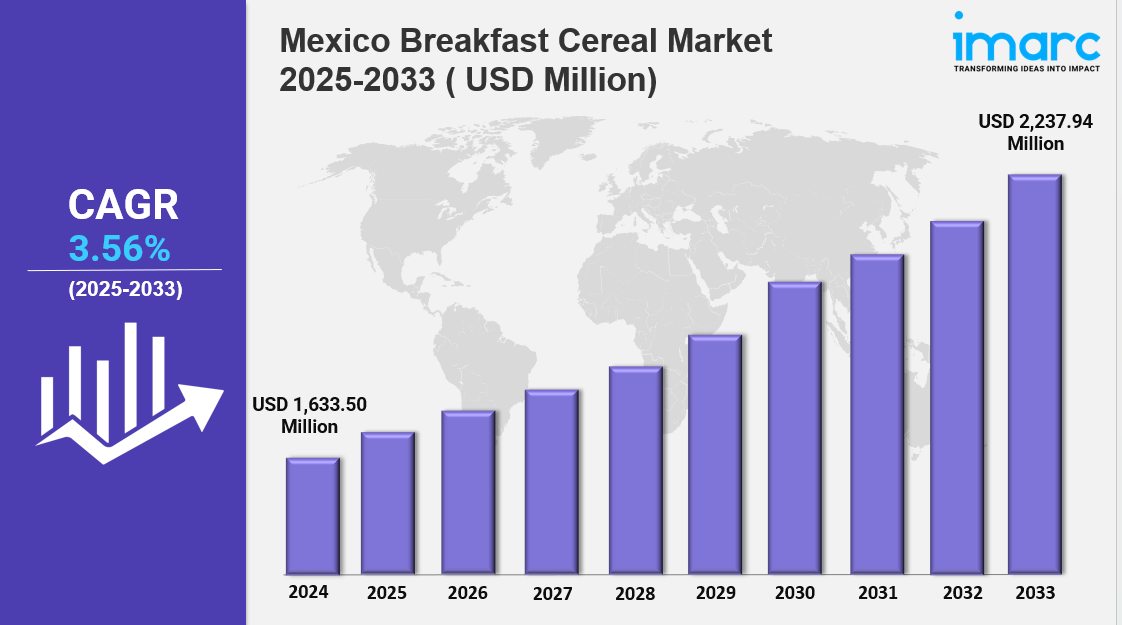In today’s age of smart buildings and connected infrastructure, the Internet of Things (IoT) has revolutionized how we manage heating, ventilation, and air conditioning (HVAC) systems. Traditional HVAC setups often rely on manual controls, scheduled operations, and reactive maintenance. However, best IoT based HVAC management systems take this to a new level by offering automation, remote monitoring, and data-driven insights.
This intelligent approach not only enhances indoor comfort but also reduces energy waste, lowers operational costs, and extends equipment life. Let’s explore how an IoT-based HVAC system actually works step by step.
Step 1: Sensor Deployment and Data Collection
The foundation of an IoT-based HVAC system lies in its network of smart sensors. These sensors are installed throughout the building to monitor key environmental and operational parameters such as:
- Temperature and humidity in different zones.
- Air quality levels, including CO₂ and particulate matter.
- Energy consumption and power usage of HVAC units.
- Occupancy detection to identify how spaces are being used.
- Equipment performance metrics like vibration, air pressure, and motor efficiency.
All these sensors continuously gather real-time data and send it to a central IoT gateway or cloud platform. This constant data flow creates the foundation for automation and intelligent decision-making.
Step 2: IoT Gateway and Connectivity
Once the sensors collect data, it needs to be transmitted securely to a central system for processing. This is where the IoT gateway comes in.
The gateway acts as a bridge between local HVAC equipment and the cloud. It collects sensor data via wired or wireless protocols such as Wi-Fi, Zigbee, or LoRaWAN, then transfers it to the cloud-based IoT platform.
This step ensures seamless communication between all devices, even across multiple sites. The connectivity enables remote access and system control from smartphones, tablets, or web dashboards — making HVAC management efficient and flexible.
Step 3: Cloud Processing and Data Analytics
After data reaches the cloud, advanced data analytics and machine learning algorithms process the incoming information. The system analyzes patterns like energy usage, temperature fluctuations, or occupancy behavior to identify inefficiencies or irregularities.
For example:
- If a specific zone consistently consumes more energy, the system can suggest recalibration.
- If humidity levels rise suddenly, it may trigger dehumidification automatically.
- If equipment vibrations exceed normal levels, it can signal a need for maintenance.
This step transforms raw data into actionable insights, enabling smarter decision-making and predictive control.
Step 4: Automated Control and Optimization
Here’s where IoT truly shines automation. Based on data analytics and pre-set rules, the IoT platform automatically adjusts HVAC operations without human intervention.
Examples of automation include:
- Adjusting cooling or heating levels depending on room occupancy.
- Turning off air conditioning in unoccupied areas to save energy.
- Modulating fan speeds or compressor loads to maintain comfort while minimizing power use.
- Balancing airflow and temperature across different zones for uniform comfort.
These dynamic adjustments ensure the HVAC system runs optimally at all times — maximizing comfort and minimizing waste.
Step 5: Predictive Maintenance and Fault Detection
Traditional HVAC maintenance often follows a “fix it when it fails” model, leading to unexpected downtime and high repair costs. IoT systems introduce predictive maintenance by constantly monitoring equipment health.
Smart sensors detect early signs of malfunction — such as abnormal vibration, temperature spikes, or airflow drops — and alert facility managers in real time. This allows technicians to resolve issues before they escalate into major problems.
As a result, the system experiences fewer breakdowns, lower maintenance costs, and longer equipment life. Predictive maintenance also ensures consistent comfort levels and improved air quality for occupants.
Step 6: Remote Monitoring and Centralized Dashboard
All IoT-based HVAC systems come with a centralized dashboard that provides a real-time view of building conditions and system performance. Facility managers can access this dashboard via mobile or web applications to:
- Monitor temperature, humidity, and air quality across all zones.
- Track energy usage trends and identify optimization opportunities.
- Control HVAC settings remotely.
- Receive alerts or performance reports automatically.
This level of visibility and control is especially beneficial for large or multi-site facilities, where manual monitoring is impractical.
Step 7: Continuous Learning and Optimization
Modern IoT HVAC systems are not static — they learn and evolve over time. Using artificial intelligence (AI) and machine learning (ML), the system studies past data and continuously fine-tunes operations.
For example, it can learn occupant behavior patterns (like peak usage hours) and pre-condition spaces accordingly. Over time, the system becomes more efficient, proactive, and responsive to real-world conditions.
Conclusion
An IoT-based HVAC management system goes far beyond simple automation — it’s a complete ecosystem that connects sensors, devices, analytics, and cloud control into one intelligent platform. By monitoring, analyzing, and optimizing HVAC operations in real time, IoT technology delivers superior comfort, lower energy bills, and extended equipment life.
In an era where energy efficiency and sustainability are top priorities, IoT-powered HVAC systems represent the future of modern building management. Businesses, institutions, and residential complexes that adopt this technology today will enjoy smarter, greener, and more cost-effective environments tomorrow.



